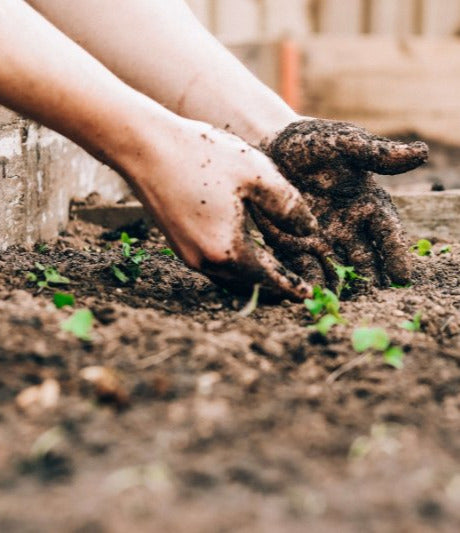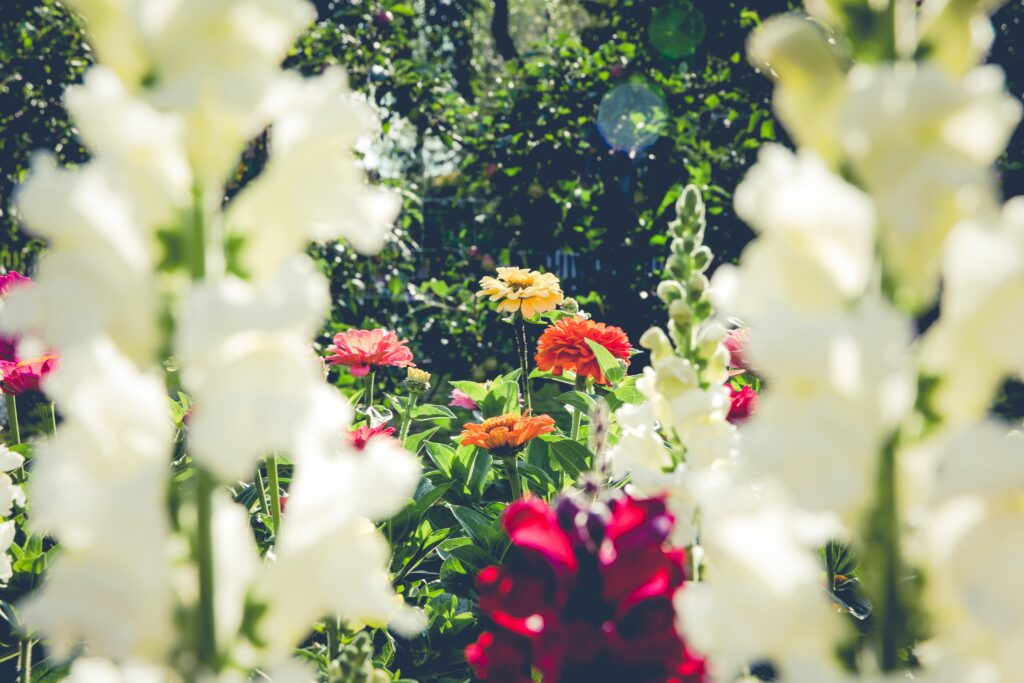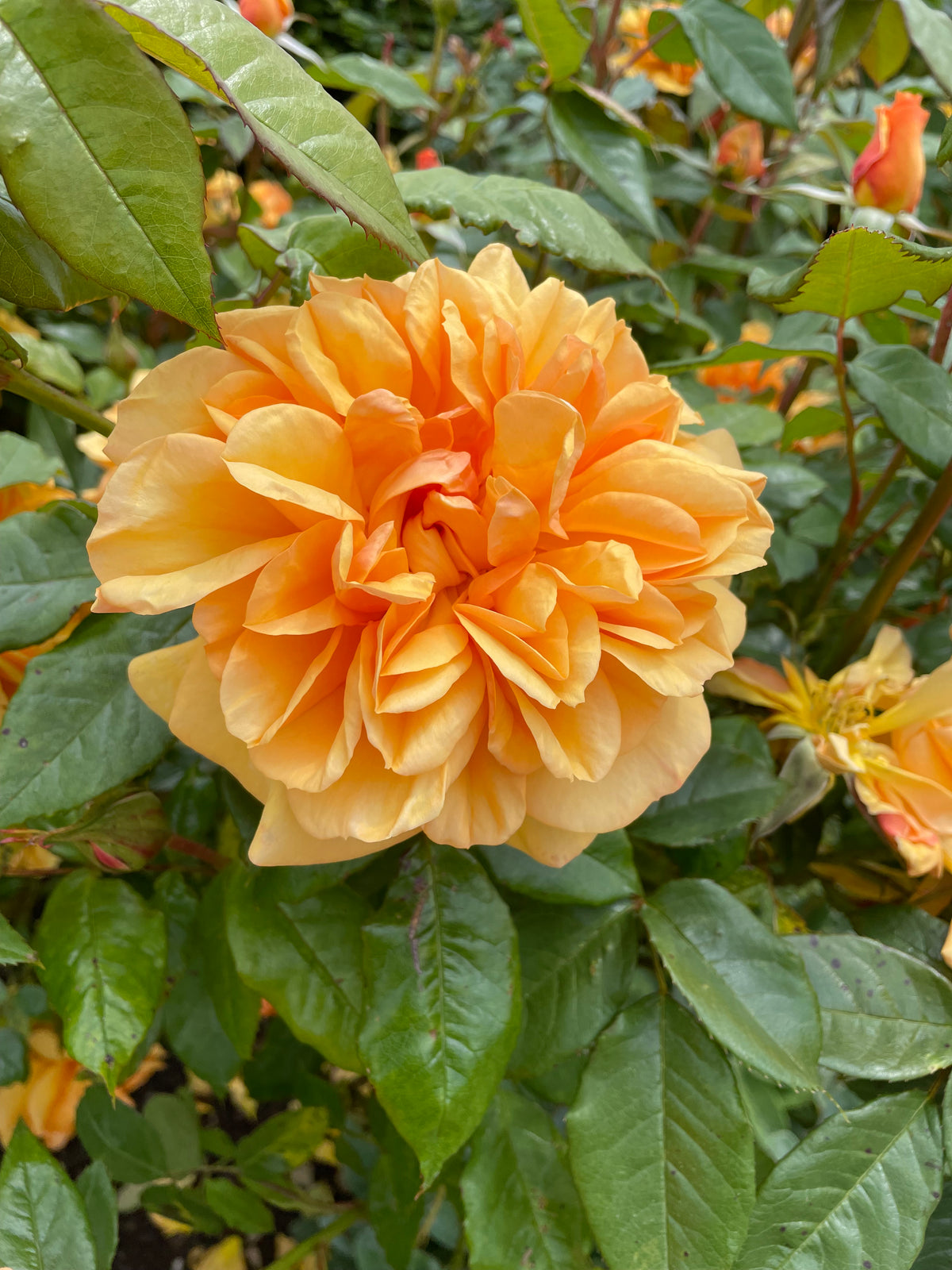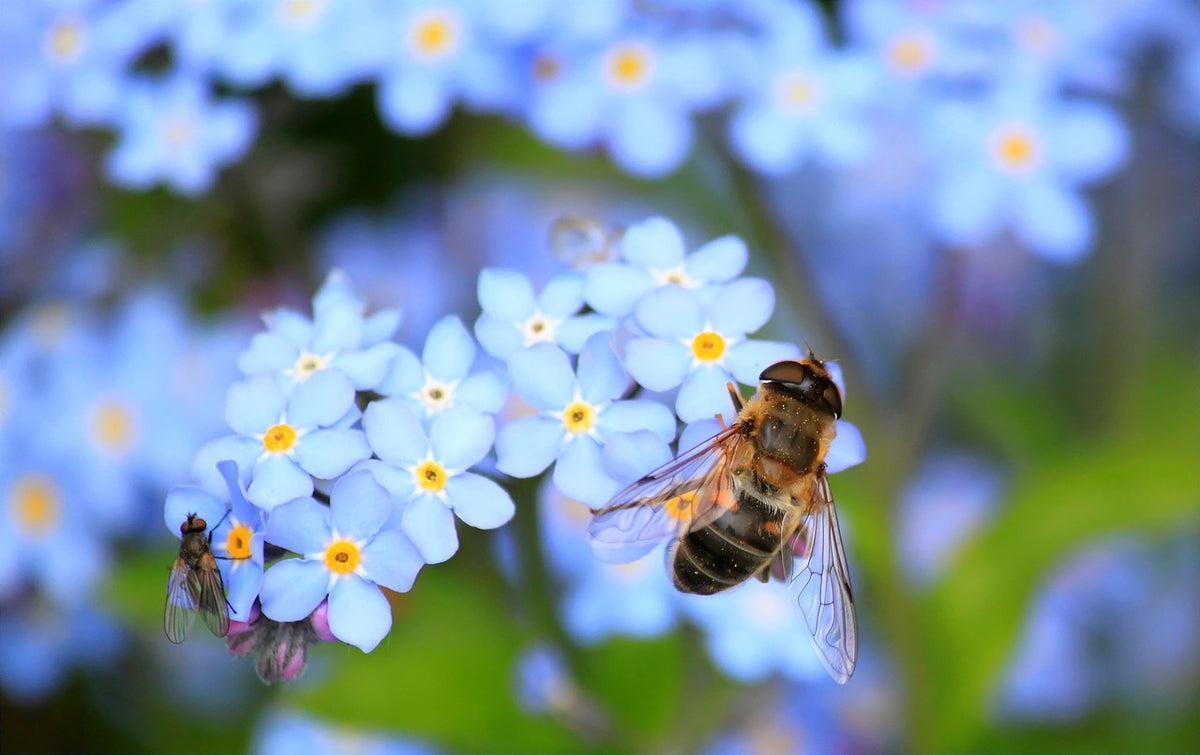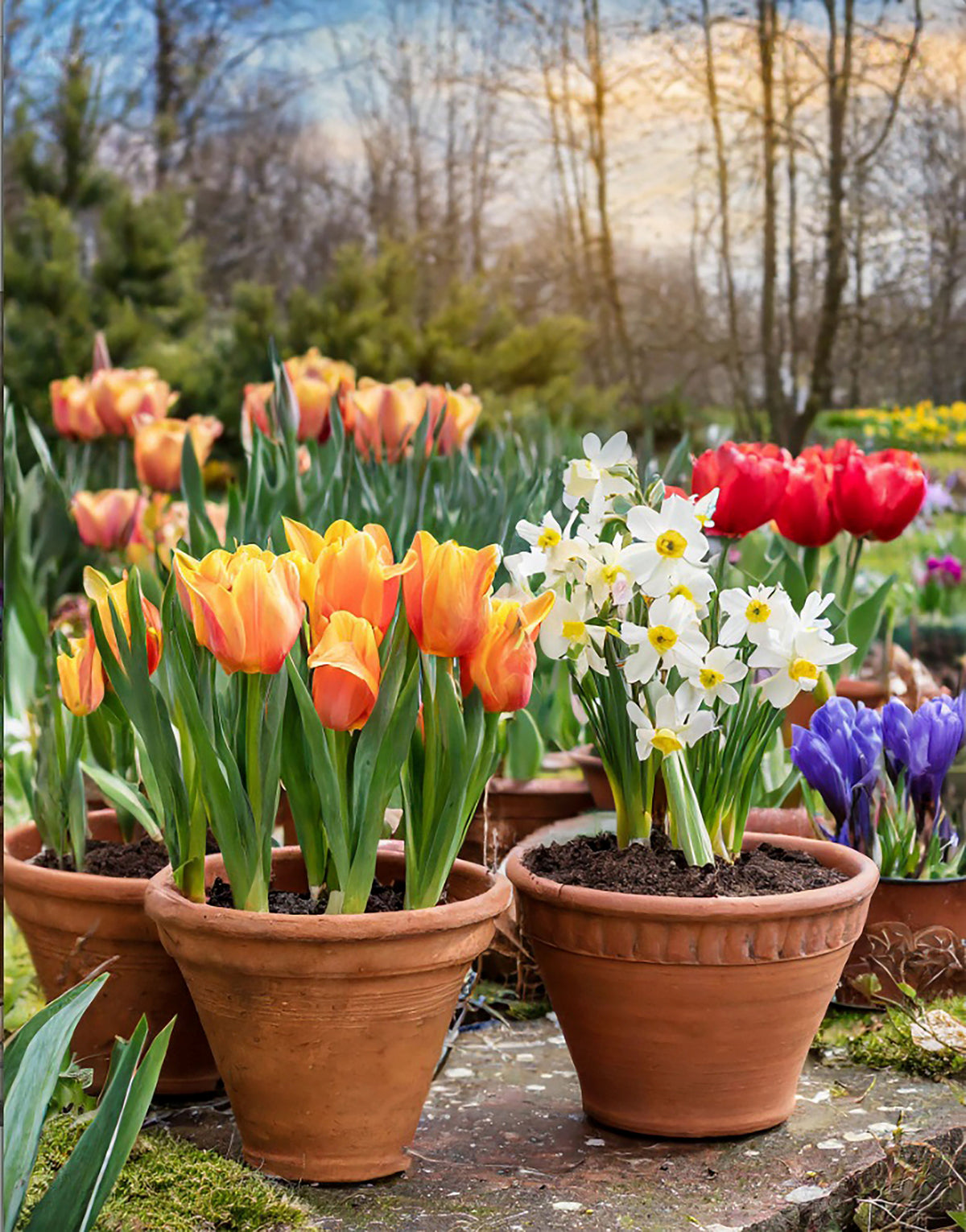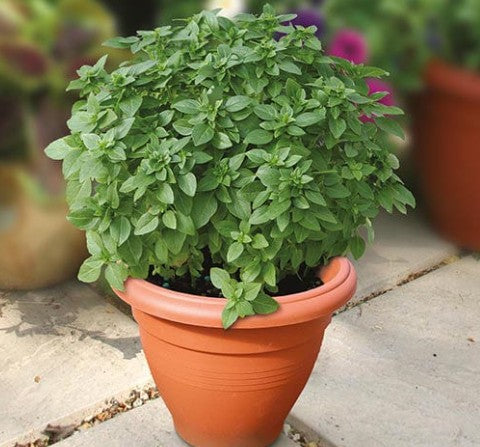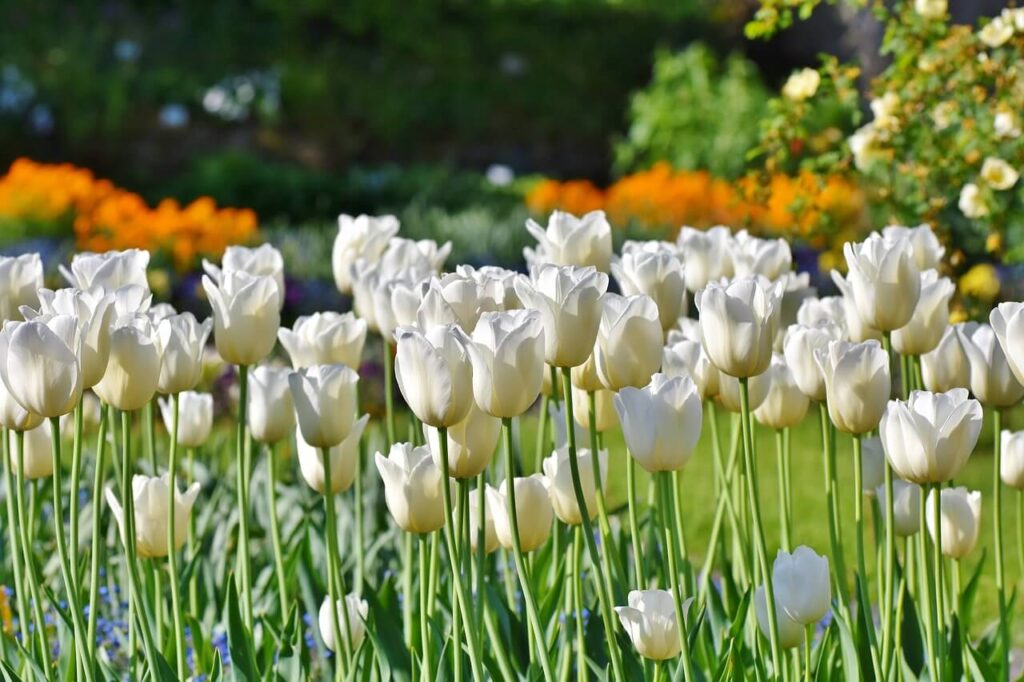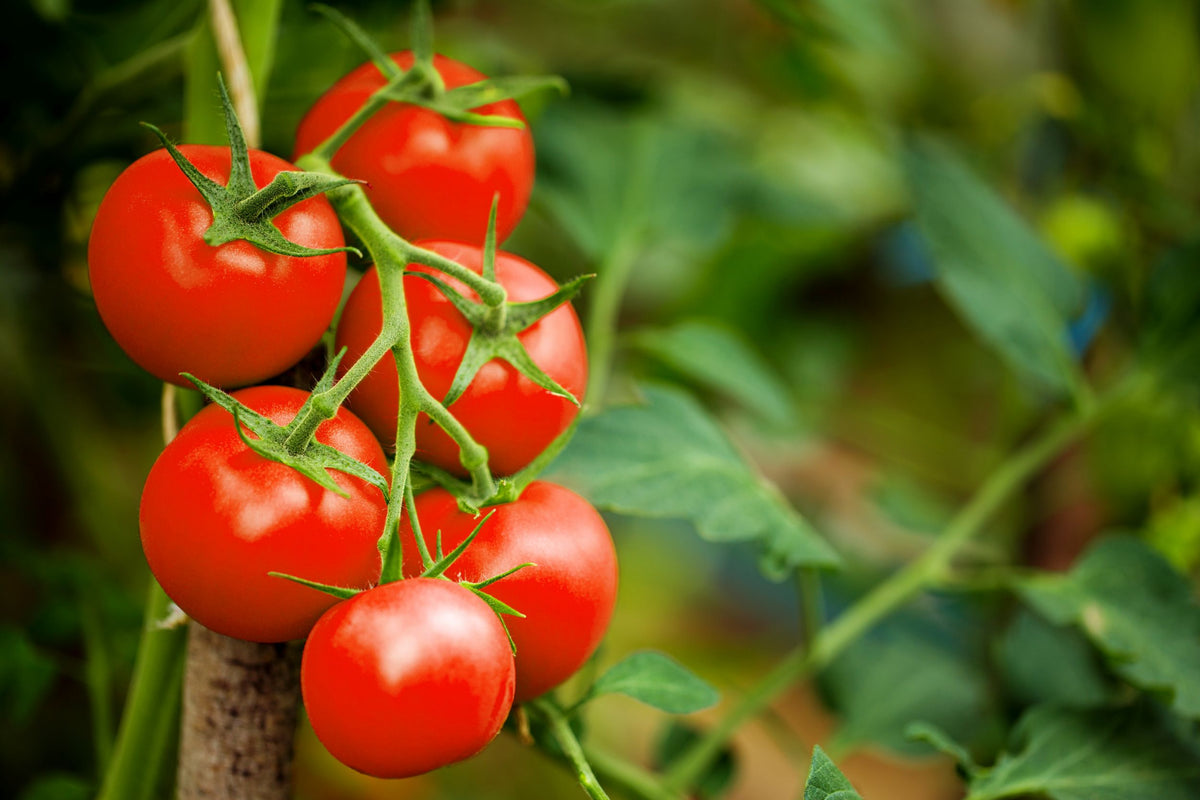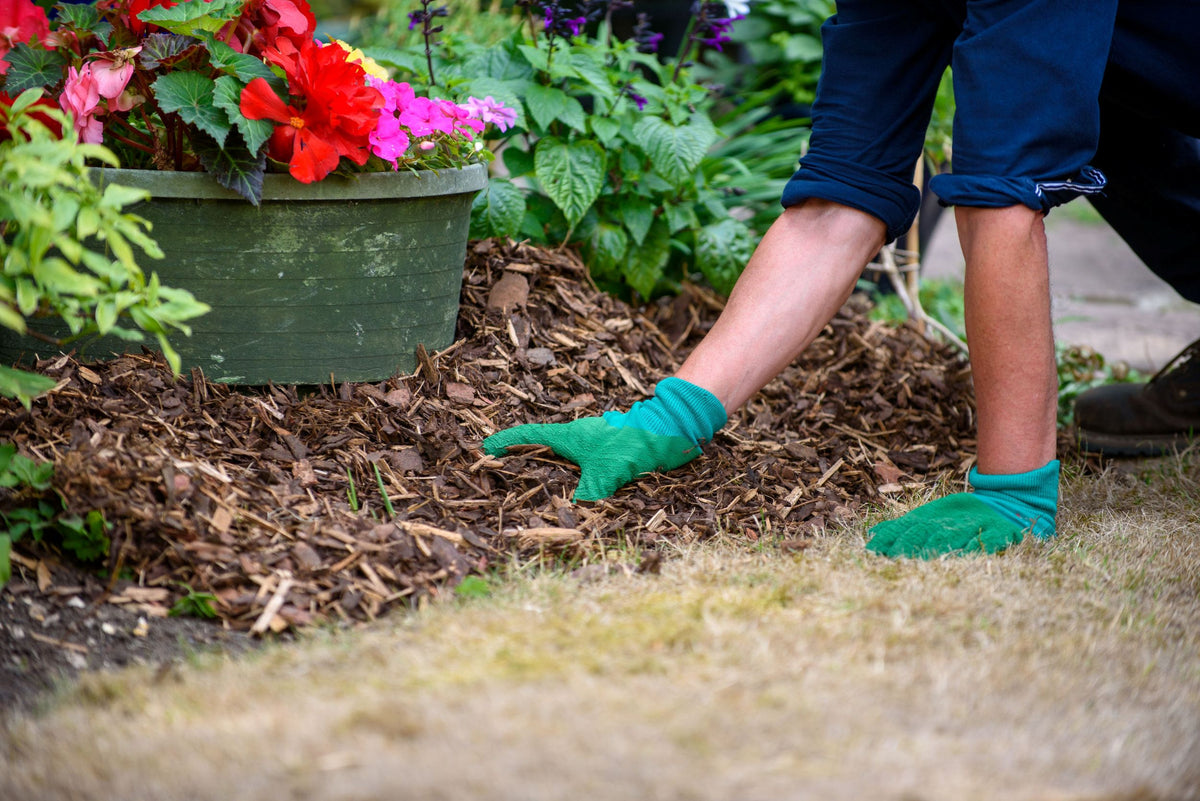2025 Allotment Planner
If you’re starting your allotment journey or want to get more organised with your plot, our allotment planner is the perfect tool. It gives you clear, month-by-month advice on what to sow, plant, and harvest, along with essential jobs to keep your allotment thriving. By following a structured allotment planner, you’ll always know the right time to prepare, plant, and enjoy your crops – making the most of every season.
Why Use an Allotment Planner?
An allotment planner helps you stay on top of regular jobs like weeding, mulching, and crop rotation, while also giving space to plan what you’d like to grow. With the right planning, you can buy seeds in advance, design the layout of your plot, and ensure crops are planted in the best positions for sunlight and soil health.
Remember: the best allotment planner is one that suits your tastes. Always focus on growing the fruit, vegetables, and flowers you’ll actually enjoy eating or using – that way, your harvest is rewarding and never overwhelming.
We also stock everything you need to support your allotment – from soils, composts, and mulches to tools and accessories that make gardening easier.
Month-by-Month Allotment Planner
JANUARY
- Check any fleece or lagging put over crops still in the ground.
- Mulch beds with a product to help maintain surface temperature of the beds.
- PLAN the planting for coming Spring/Summer seasons, thinking about crop rotation and companion gardening.
- Finish construction of raised beds.
- PLANT – Garlic, Rhubarb, Brussel Sprouts, young Apple, Pear and Plum trees and fruit bushes.
- NOTE – check quality, PH and temperature of soil before planting different fruit bushes and ensure you cover them initially to stop birds from munching new shoots.
FEBRUARY
- Keep an eye on the weather, lagging any exposed crops against the winter chill. It’s always an idea to put plastic down on the ground to help against frost, staking it down.
- If it is a mild winter, think about adding a specialist Vegetable Compost into the existing soil, adding essential nutrients ready for the coming Spring.
- SOW – Broad Beans, Carrots, Leeks, Onions, Peas, Cabbages.
- NOTE – if sowing outside, cover with fleece and/or net.
MARCH
- You should be able to remove fleece and plastic now. Check the soil temperature by digging down to see if you need to wait before planting.
- SOW – most Brassicas, Beetroot, Lettuce, Parsnip, Radish, Kale
- PLANT – First Early Potatoes from chitting, Strawberries.
- NOTE – be sure to cover your Strawberries with a net and sprinkle eggshells or bark around them to stop slugs and snails.
APRIL
- ‘Earth up’ potatoes by covering up the soil to the top leaves, protecting the shoots from both exposure and munching.
- SOW – now is the time to finish sowing anything you have left to put in the ground, along with any other jobs you have left to do ready for the summer.
- HARVEST – if you planted Rhubarb, it should be ready to enjoy now.
MAY
- PLANT – Second earlies and main crop potatoes.
- HARVEST – Carrots.
JUNE
- HARVEST – Potatoes, Spinach, Garlic.
- WATER – make sure to carry out careful watering in the early morning and late afternoon as it starts to heat up.
JULY & AUGUST
- HARVEST – You can start to harvest most crops now – and enjoy what you’ve grown!
SEPTEMBER & OCTOBER
- HARVEST – Continue to harvest crops.
- PREPARATION – As the seasons start to cool down, start to cut back, preparing for next year.
NOVEMBER
- HARVEST – Brussels, Cabbage, Kale, Suede, Parsnip and the rest of the lettuce
- PLANT – Fruit trees can be planted now for next year
- PREPARATION – Add compost to the soil and cover any plants with fleece.
DECEMBER
- PREPARATION – Beware of frost and put down fleece over plants still in the ground.
- Cover empty beds with plastic to prevent frost from reaching any bulbs still in the ground.
- HELP – Birds and small animals will need some help with food and water, so leave out a small bowl of water, break through ice if appropriate and leave out bird and small animal food, as they will be helping you when spring comes!





